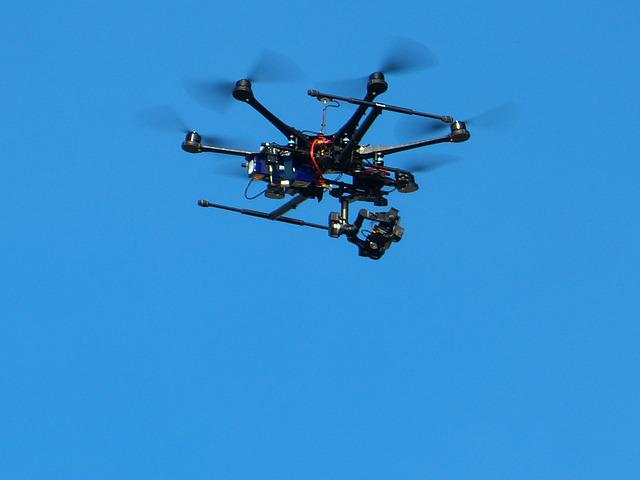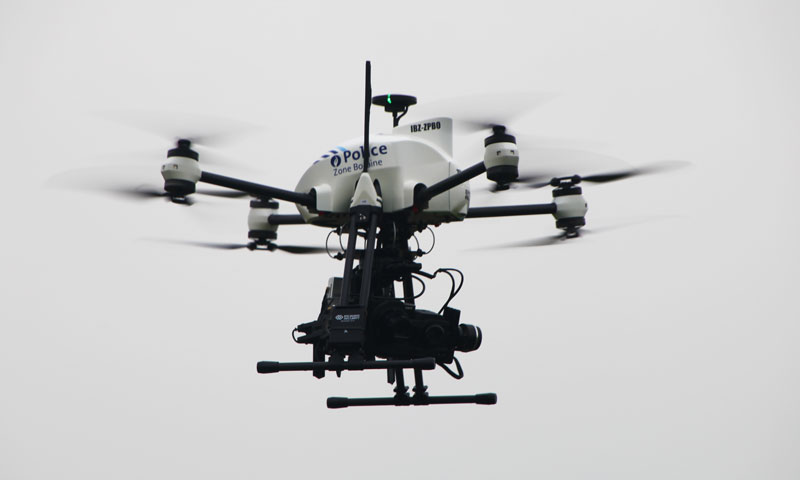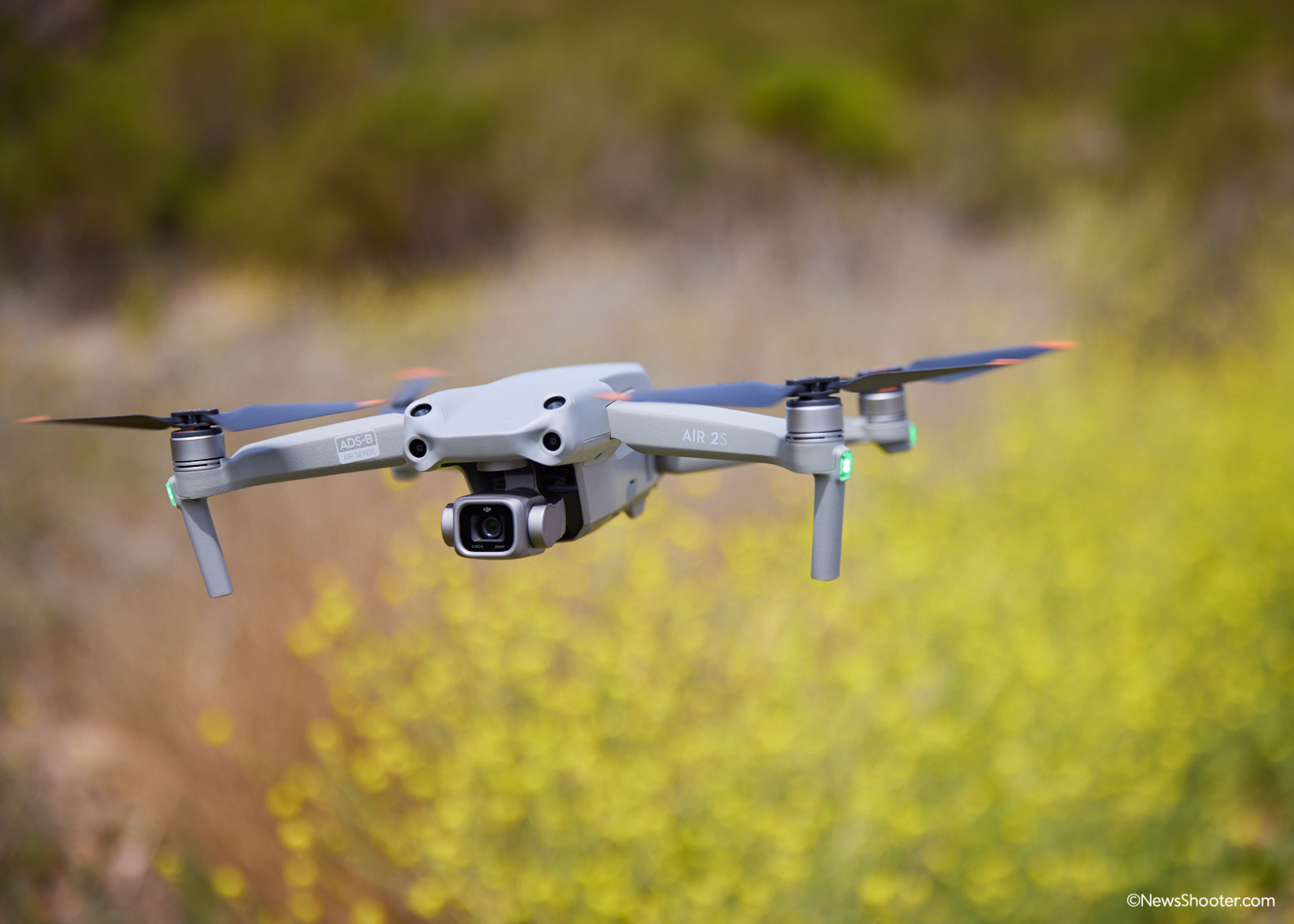
There are many drones for kids who want to be a little more adventurous and have a new hobby. In this article we will look at the Parrot Maclane, the Tello EDU, and the S5C with smartphone control. These are all great options for parents who want to introduce drones in their home to their children. Which one is best? To find out which one you prefer, read on! Also, don't miss our Amazon wishlist!
Parrot Maclane
There are so many options for kids' drones, so it can be difficult to choose the right one for you. There are many options. We'll be discussing the advantages of drones to kids and helping you decide which one will work best for your child. After all, it's fun for everyone. It's fun for everyone.
Tello EDU
DJI Tello, an EDU drone made for children, is among the most popular. It comes with a control pad that is similar to a PlayStation. Also, it has an HD camera with a range of 100m. It is compatible with VR headsets and includes components made by DJI. It can fly easily and can be programmed using the code it receives. There are many choices, no matter if you're looking to buy a beginner drone or an advanced model.

Parrot Maclane with camera
Parrot Maclane is the ideal drone for your child. This drone has a camera on the rear and two LED lights in its fuselage. You can do back and front flips as well as 360-degree front flips. The mini drone can be flown by your kid and is easy to operate. You can even control it with your thumb.
S5C drones with smartphone control
S5C drones are great for kids and come with smartphone controls. These drones can hover at different heights, and they can also record video to the microSD. You can use the smartphone to control the drone, or you can connect it to a TV to watch the video on the screen. S5C drones are capable of flying up to 100 meters away from their receiver, with a control range of about 80 meters.
Parrot Maclane with a blade guard
Parrot Maclane has blade guards which make it safer to fly than other children's drones. The drone is equipped with a flashlight, headlights, ultrasound, and a number of fun features. It can fly upto 65ft, with a 25 minute battery life. It can also recharge using either the supplied USB cable or the separately available 2.4A charging adapter.

FAQ
What are the laws around flying drones?
The Federal Aviation Administration (FAA), which regulates all aspects drone operations in the United States of America, is responsible for them. The FAA must issue a certificate before you can commercially operate a drone. You must then complete a course on piloting skills and pass an examination. Final, you will need to pay a fee.
What is it like to travel by drone?
Drones are becoming more and more popular for personal and professional use. They are used for video, filming aerial mapping, search &rescue, and many other purposes. Recent regulations regarding drones have been approved by FAA. They include new requirements for registration and licensing, pilot training, insurance, and other requirements. These changes will help ensure that drones remain safe for everyone involved.
What is the best drone for beginners?
The DJI Phantom 2 Vision+ is a popular beginner drone. The DJI Phantom 2 Vision+ comes with a 4K camera that allows you to capture high-quality aerial shots and videos. Its GPS system makes it easy to navigate the drone.
What type of batteries should a drone be using?
Drones are powered by lithium-ion battery. The typical drone draws between 3 and 6 volts.
Is it possible to fly my drone in my backyard?
Yes! These are also known as UAVs (unmanned aerial vehicle). There are many options for drones, from small quadcopters to larger fixed-wing aircraft. New rules have been issued by the FAA regarding commercial use of UAVs. This means that you can legally fly them for business purposes. It is important to remember that UAVs are not allowed near airports.
What is the difference of a quadcopter and an hexacopter, you ask?
A quadcopter can be described as a quadrotor helicopter with four rotors. It flies the same way as a traditional helicopter. It is equipped with four rotors, each of which can rotate independently. The quadcopter's quadcopter counterpart, the hexacopter, has six instead of four. Hexacopters are more stable and maneuverable than quadcopters.
Statistics
- According to Indeed, a drone pilot gets paid $25.73 per hour on average in the US. (dronesgator.com)
- Research and Markets predict a growth rate of 51.1% over the next five years. (thedroneu.com)
- With the top 10% making over $100/h and the bottom 10% making as low as $10/h. (dronesgator.com)
External Links
How To
How to Fly Drones at a Beginning Level
A drone is a remotely-controlled aircraft that is used for aerial photography and surveillance. The technology behind drones has been around since World War II. DJI's Phantom quadcopters became commercially available in 2010. There have been many types of drones since then, including beginner-friendly drones like the Parrot AR Drone 2.0 and professional-grade multi-rotor crafts like the DJI Mavic Pro.
There are many options for flying a drone.
-
Remote control – This is when you attach a device to your hand that allows you to control the drone's flight path. There are two main types, On/Off switches (like radios) and joysticks.
-
Manual Control - This method uses a smartphone app to remotely control the drone using GPS coordinates. You will need to keep track of where the drone is going and follow the directions from the app.
-
Autonomous Flight: This means that the drone will take care of all the piloting. It is basically flying autonomously and without human intervention. It must have a builtin camera, sensors capable of taking images and data to enable autonomous flight.
-
Triggered Flight: This is similar in concept to manual control. The pilot manually creates a route and the drone then follows it until it reaches that endpoint. Once the programmed route has been completed, the drone returns to the base automatically.
-
Landing Gear – Some drones are equipped with landing gear, which allows them to safely land if they lose power during flight.
-
Goggles-Some pilots use goggles to protect their eyes from debris during operations.
-
Camera - You can capture photos and videos with your drone from the air.
-
Obstacles: Some drones are equipped with obstacle avoidance systems to prevent them from hitting obstacles.
-
Speed - Some drones can travel at speeds over 40 mph.
-
Battery Life – Most drones will last 20 minutes to three hours depending on how powerful they are.
-
Some drones have a range of up to 30 miles, depending on their model.
-
Power source - Some drones need an external power source, while others use internal batteries.
-
Weight - Some drones have a weight of less than 1 pound and others weigh 4 lbs.
-
Size - From small drones that can be carried in the palm of one's hand to larger drones that weigh over 50 pounds, drones come in a variety of sizes.
-
Price – All drones fall into a price category. These range from expensive models that cost thousands to affordable options that start at 100 dollars.